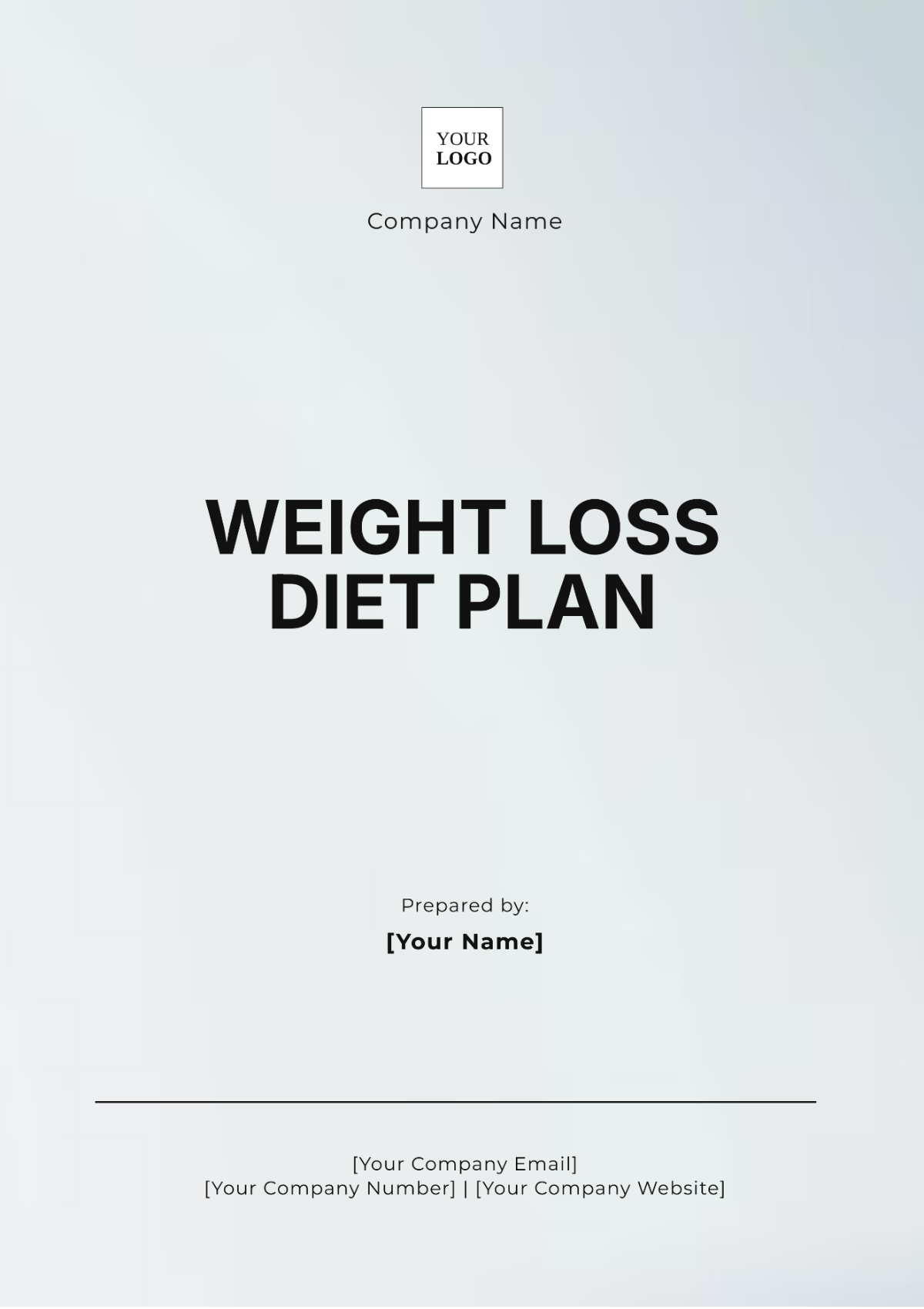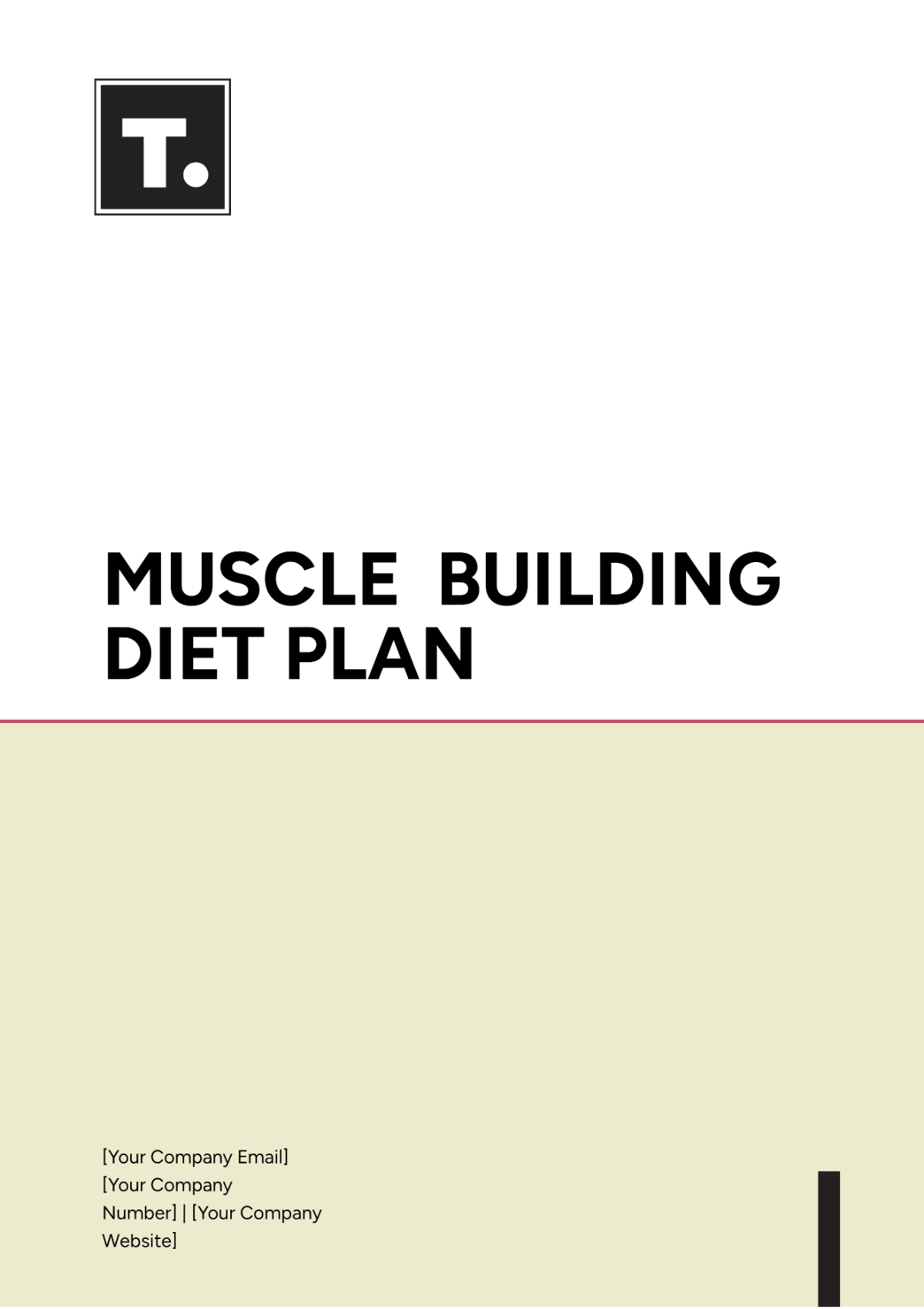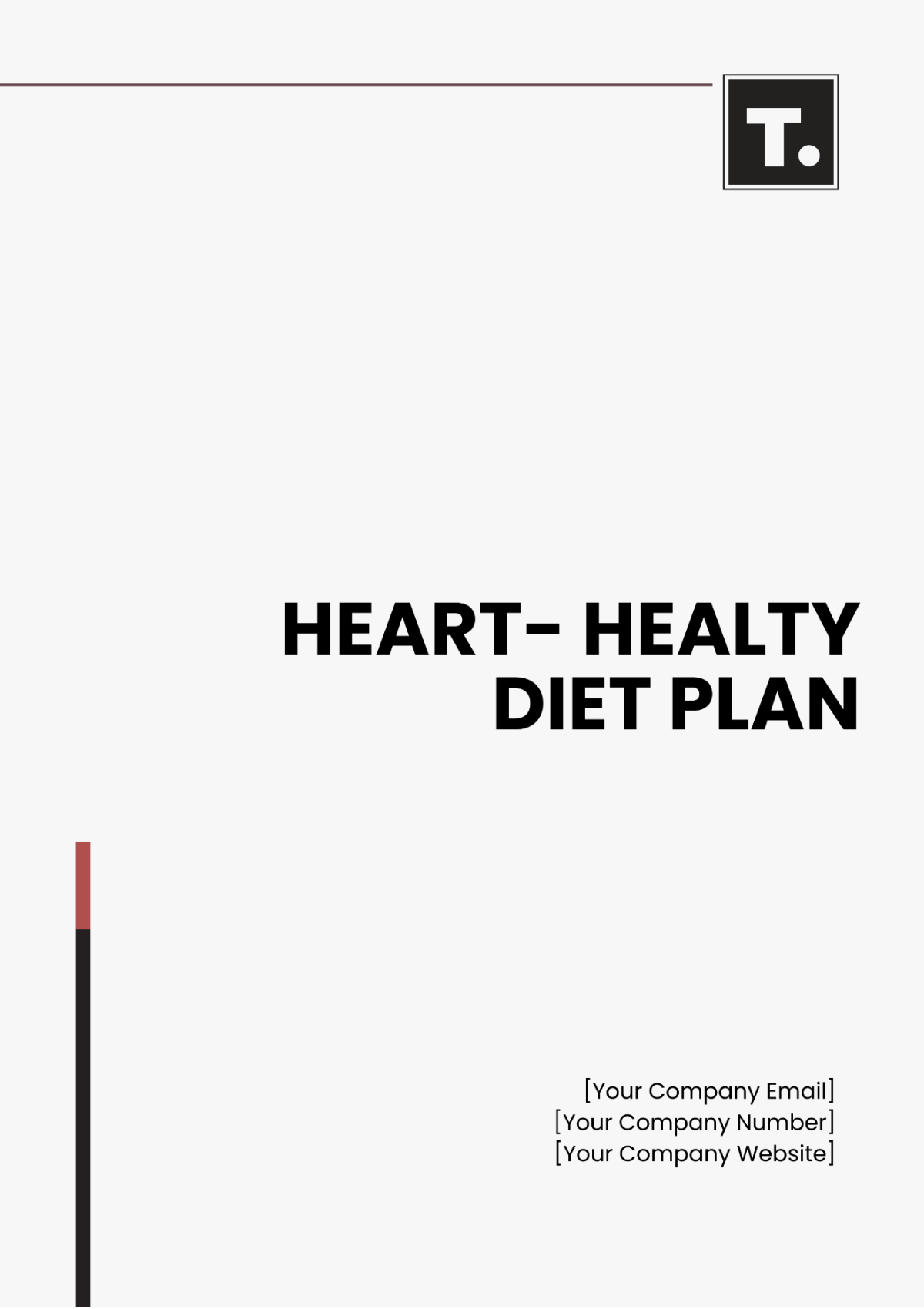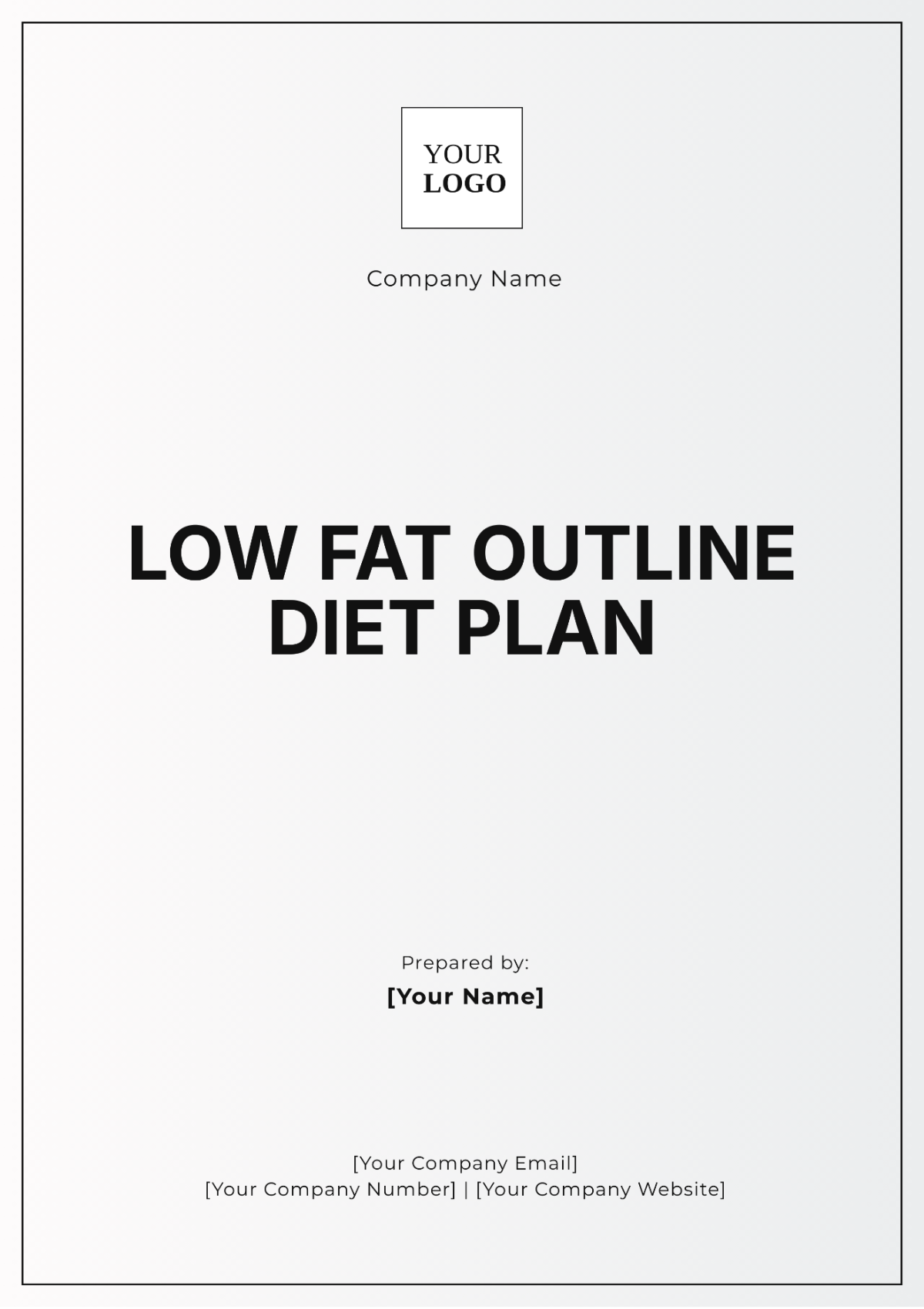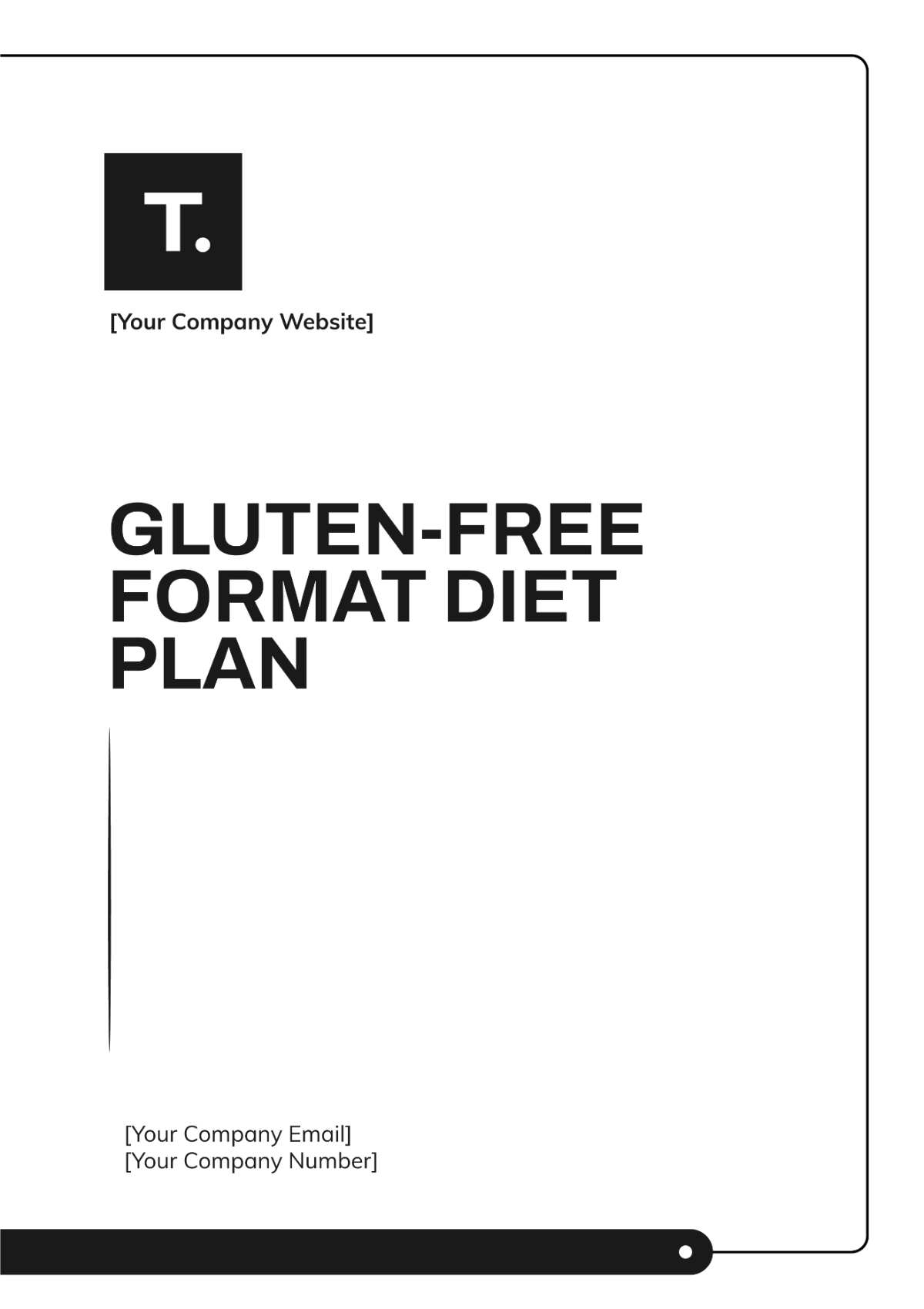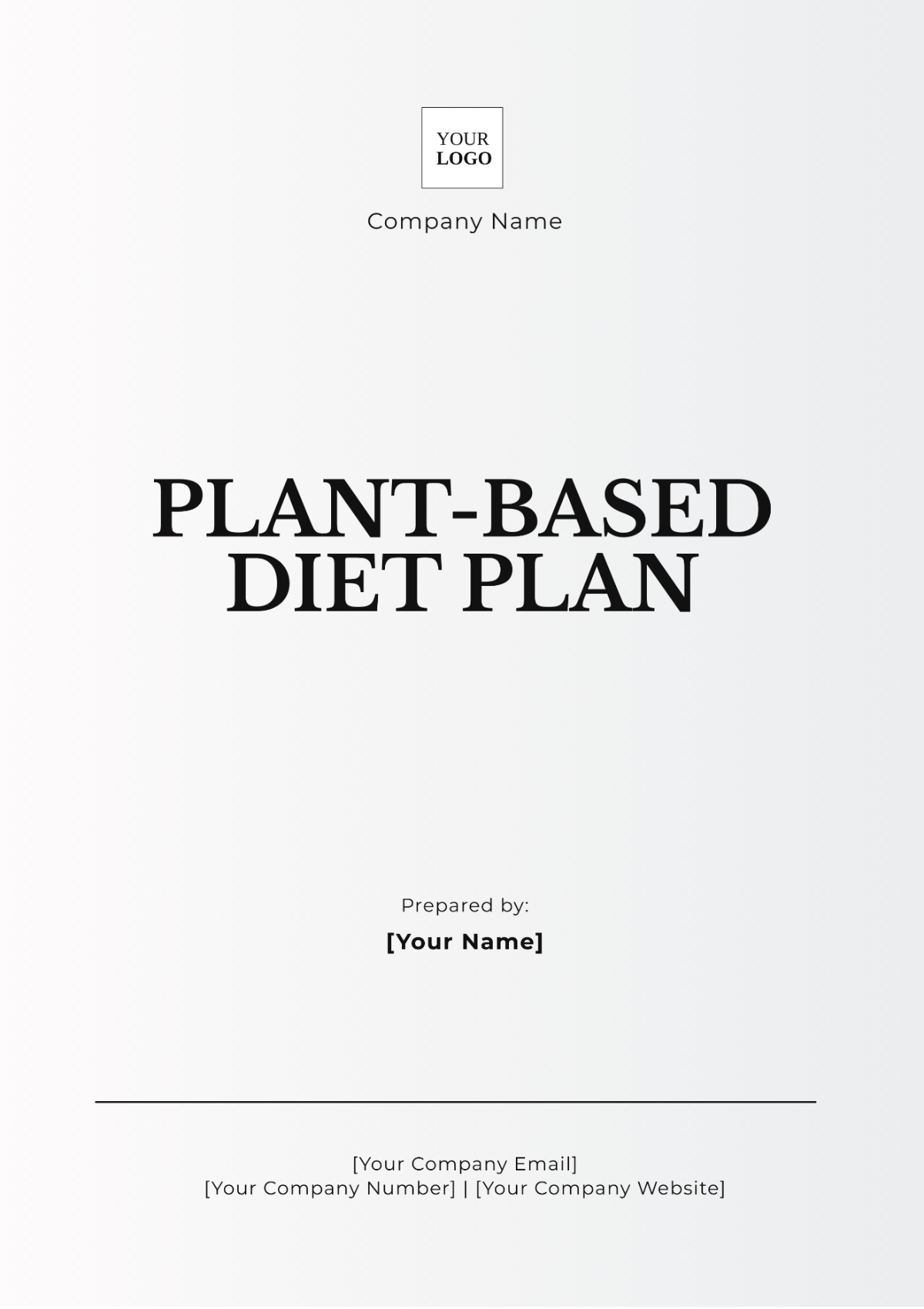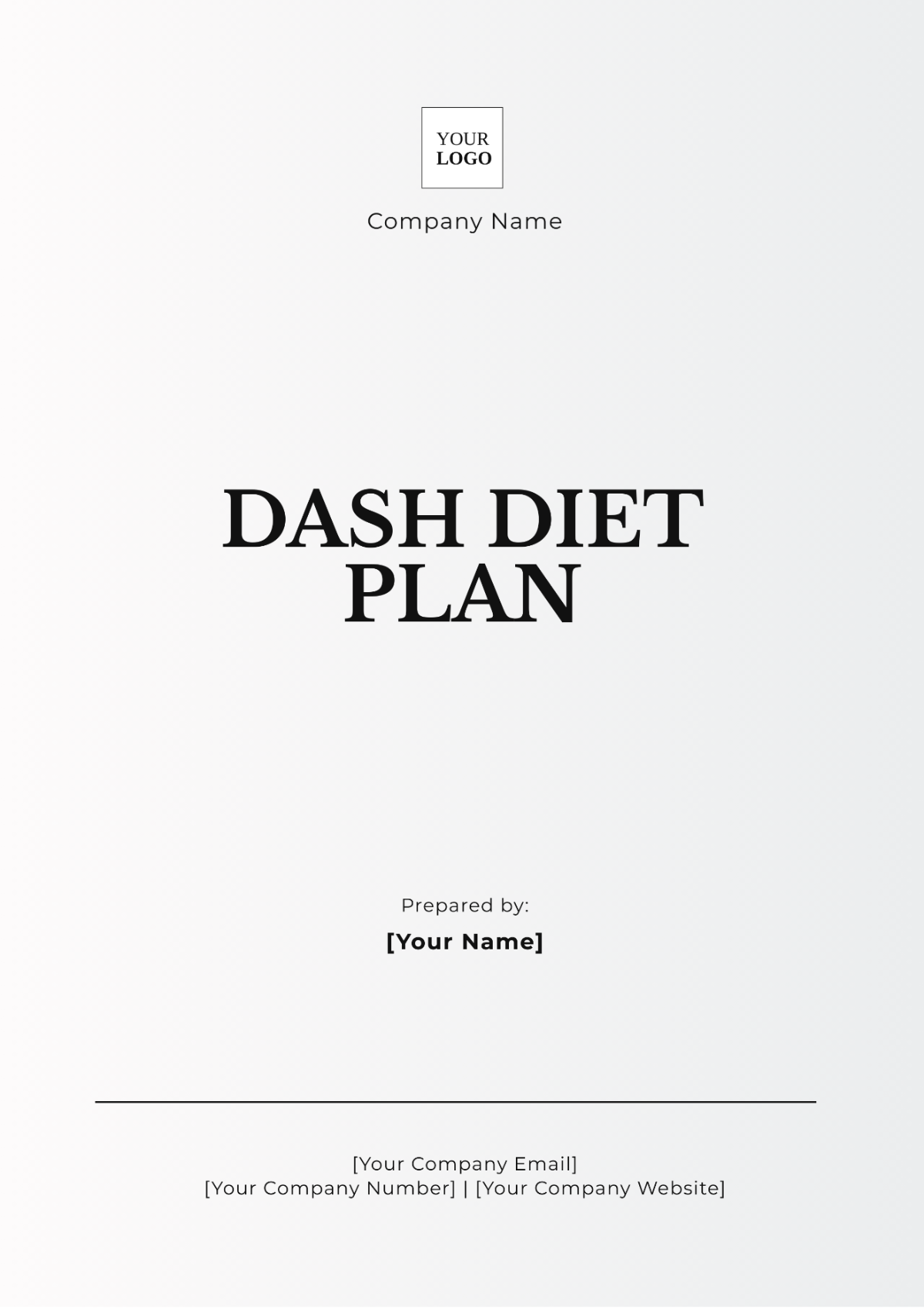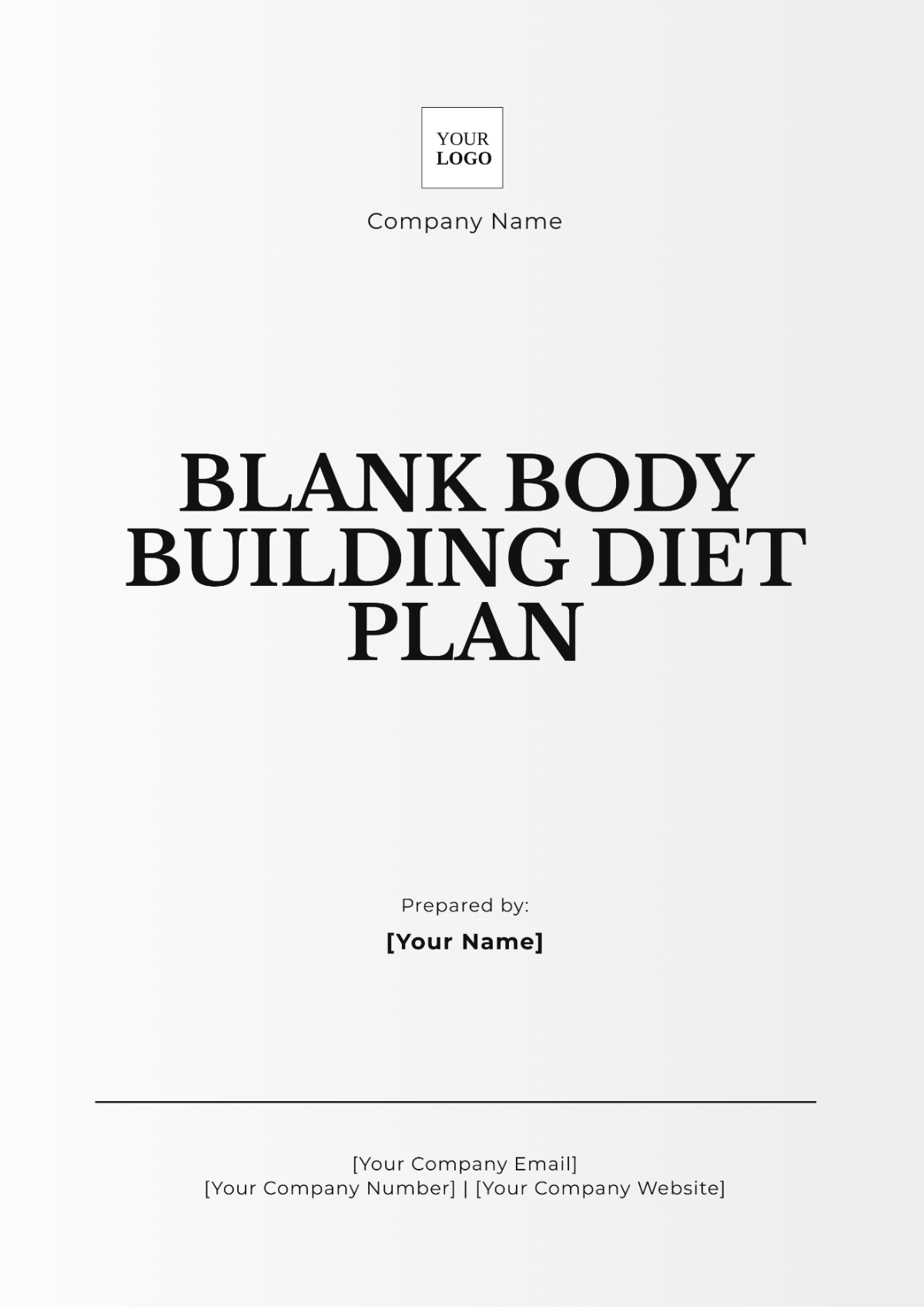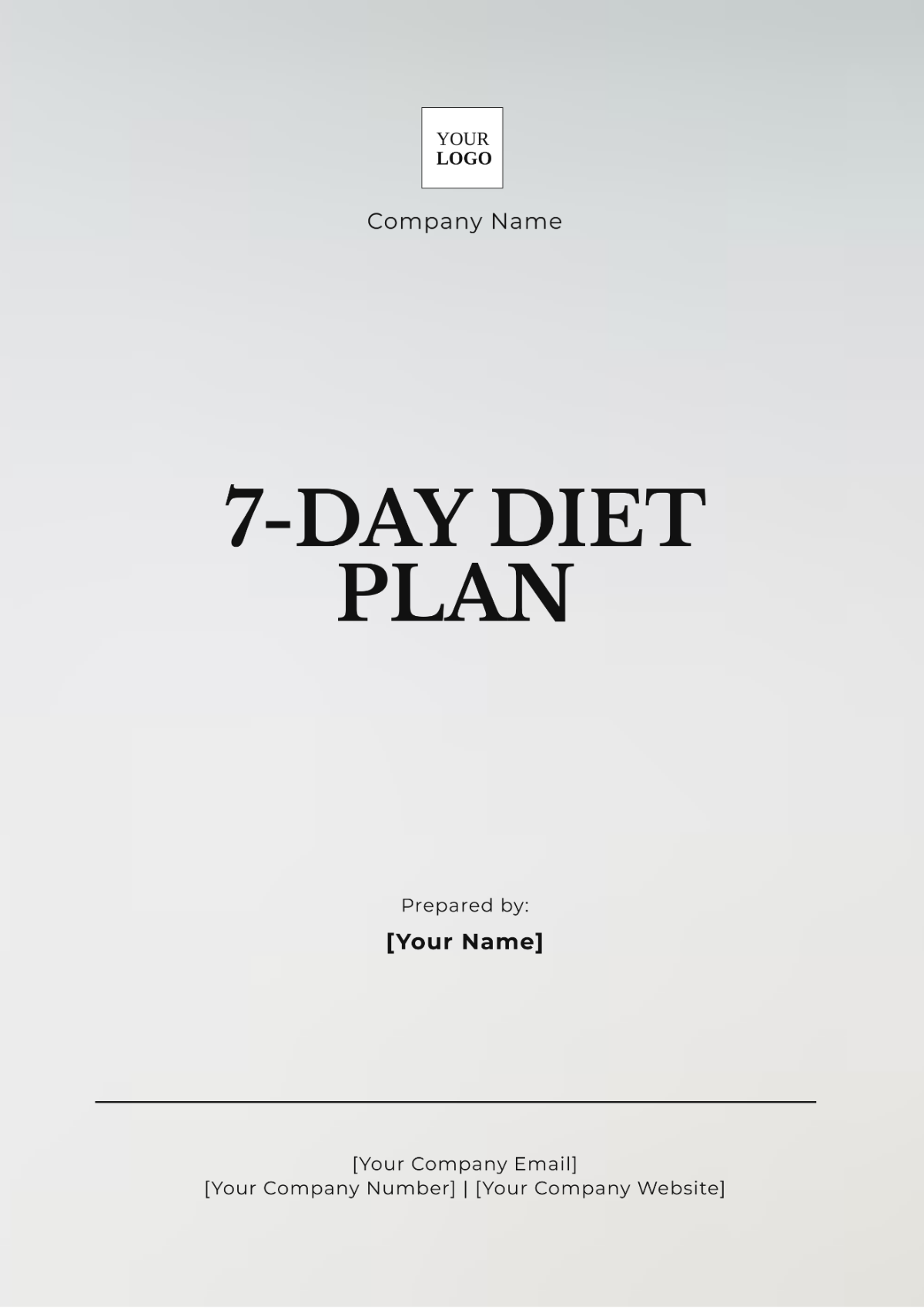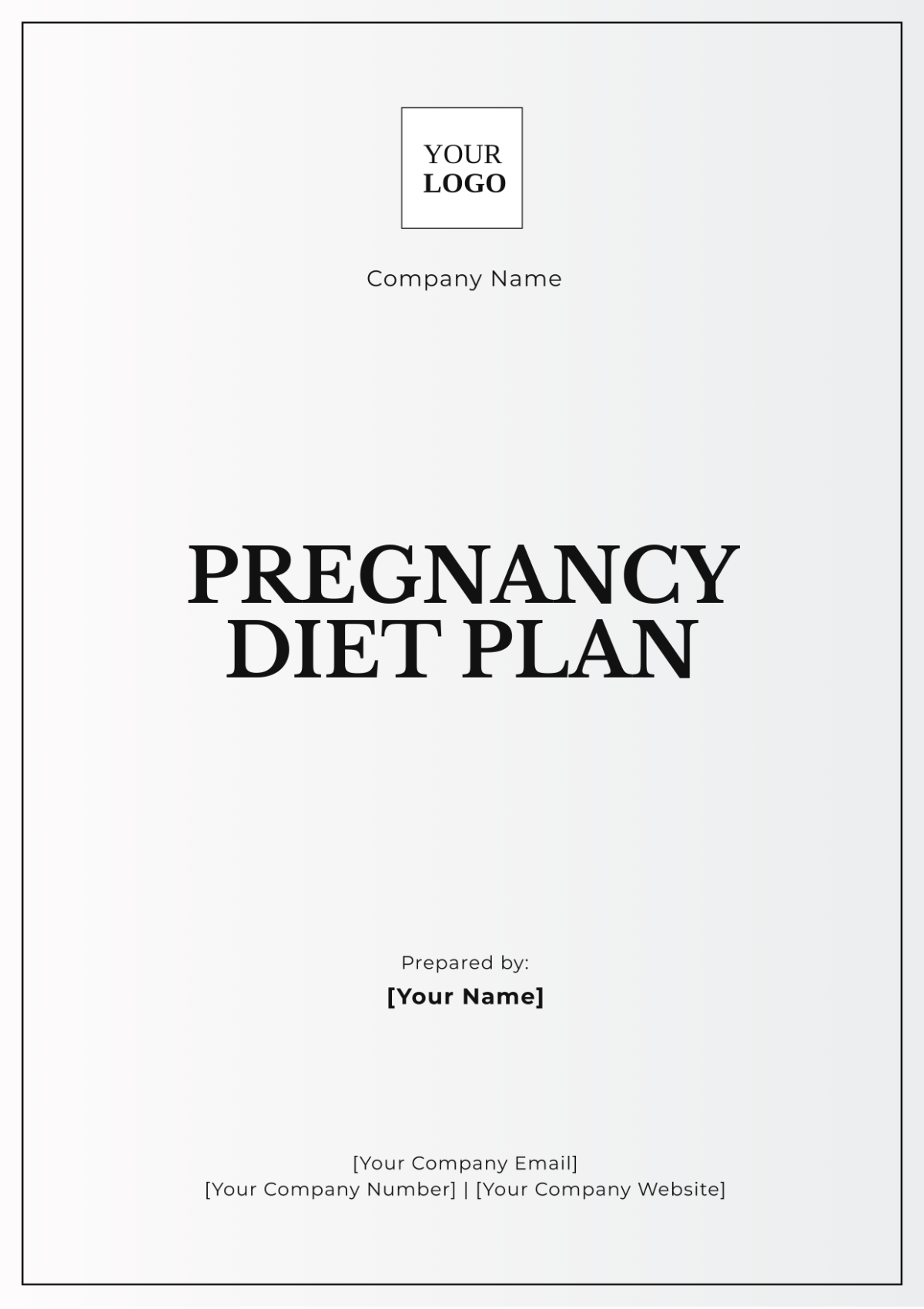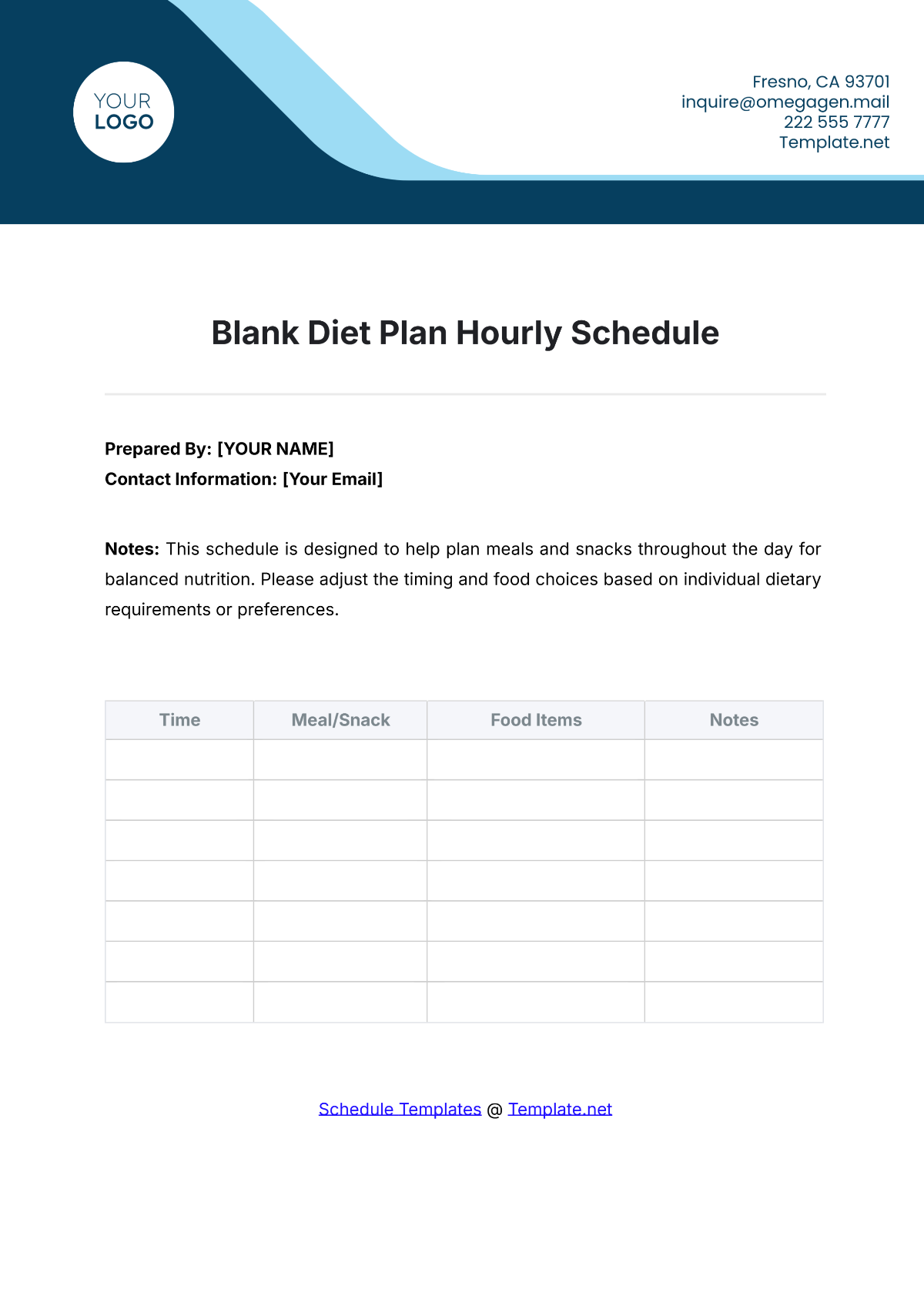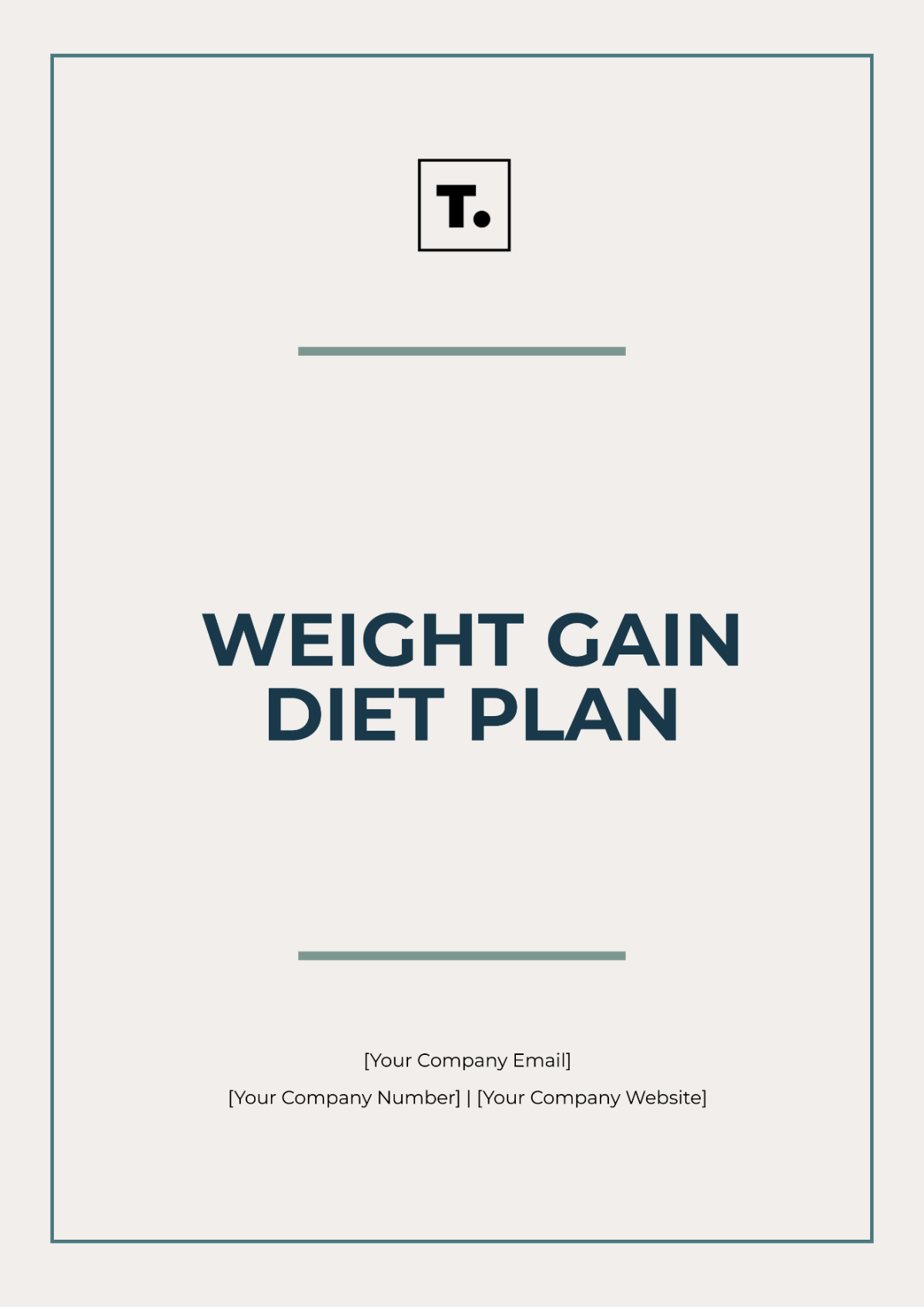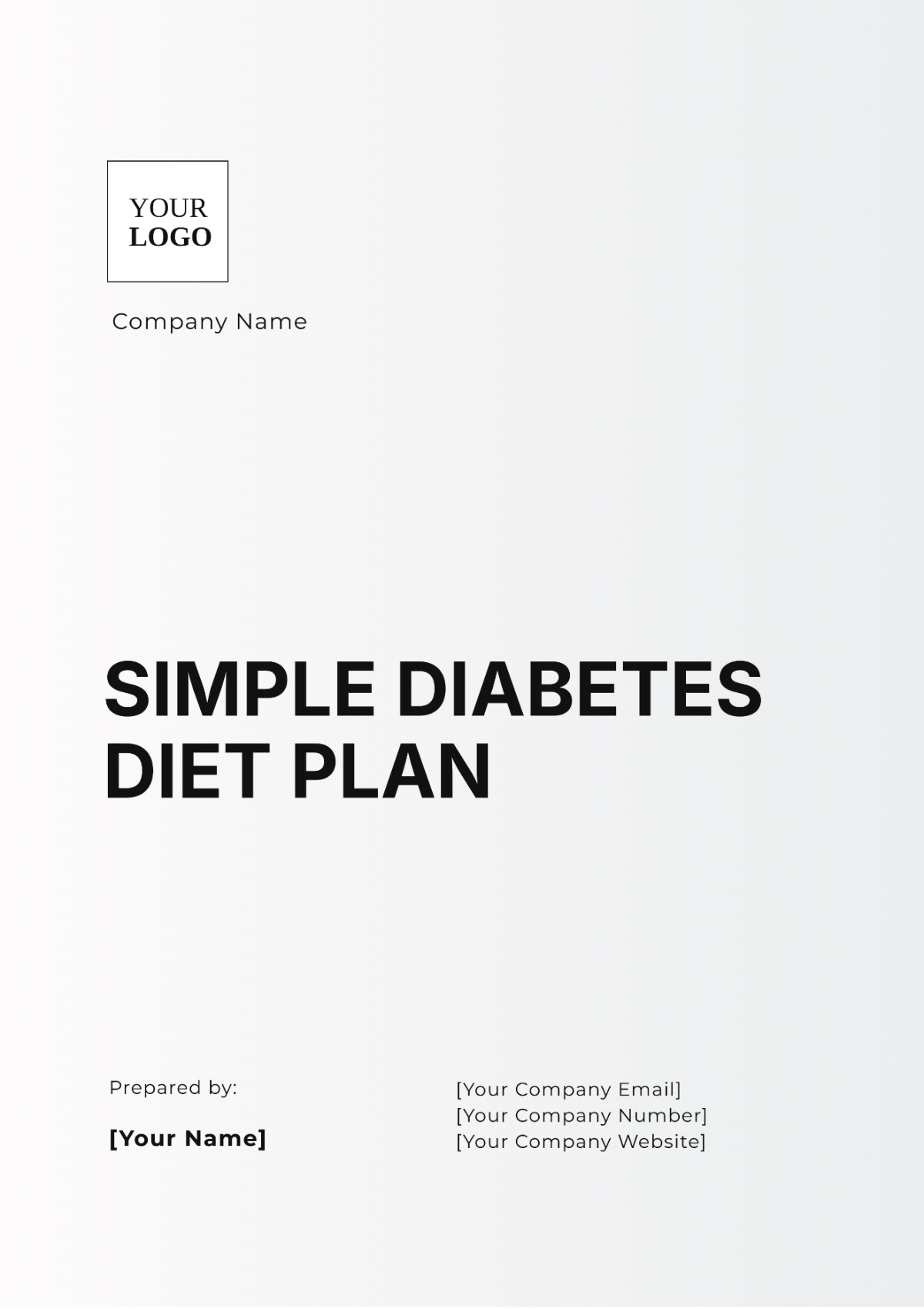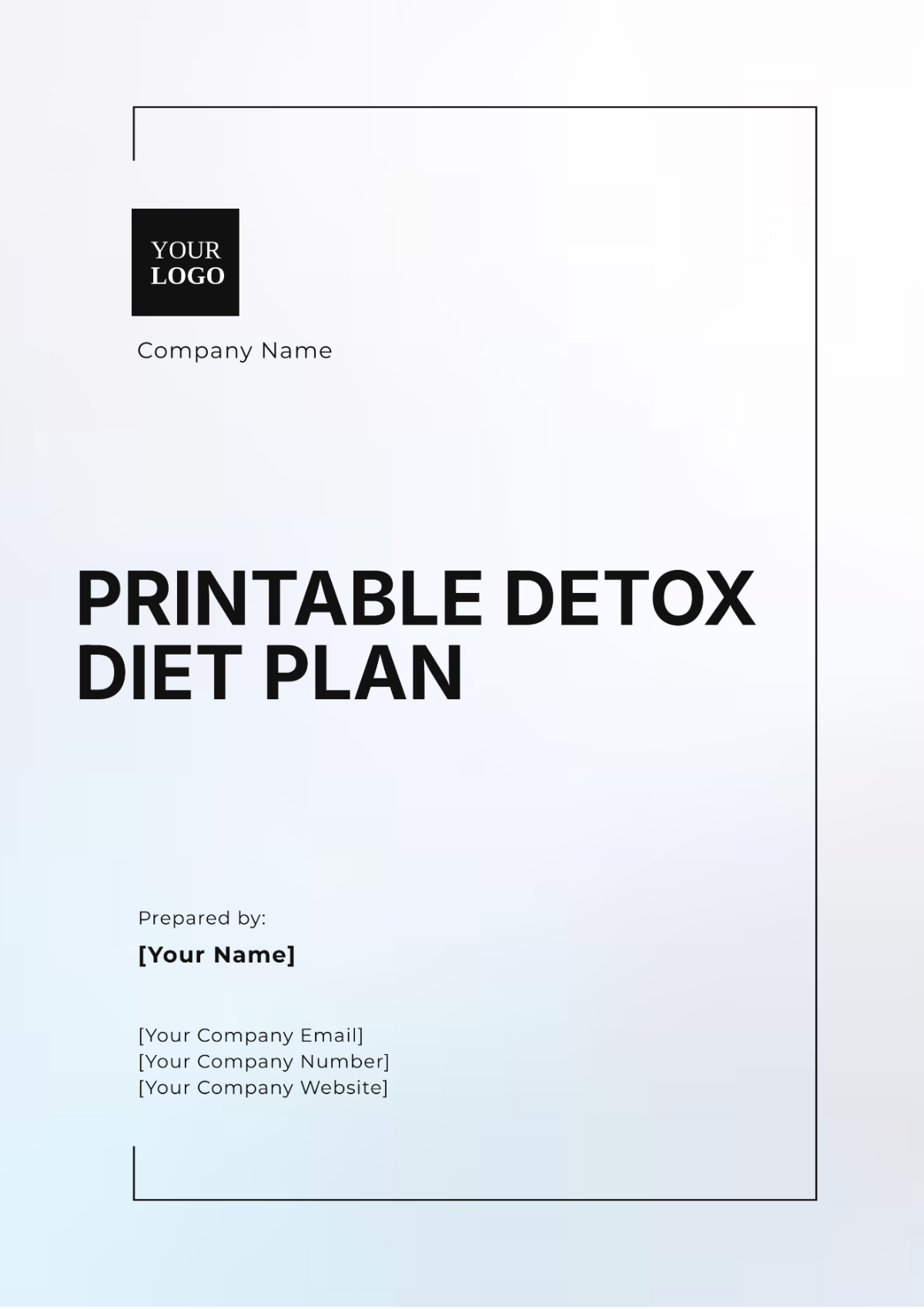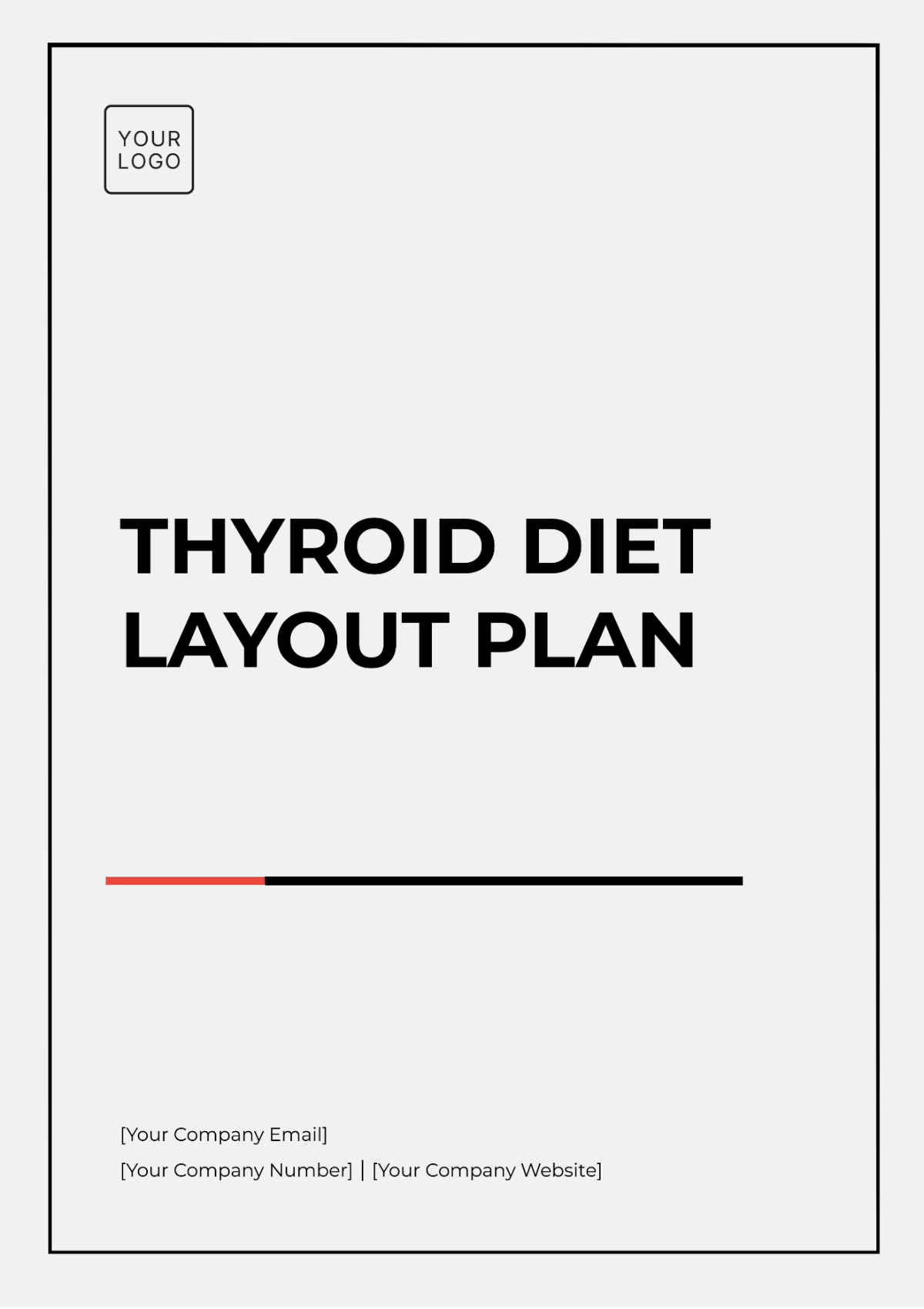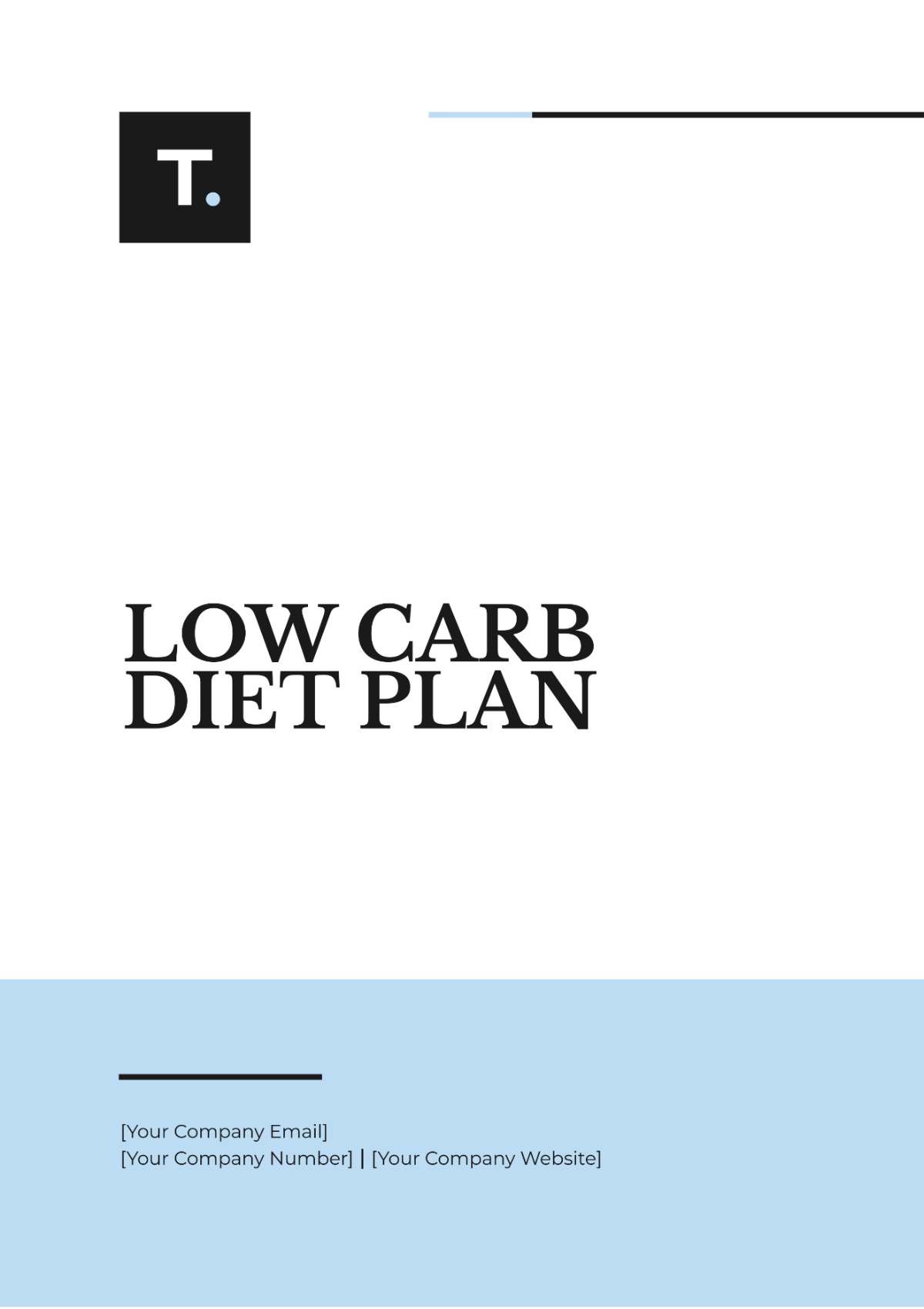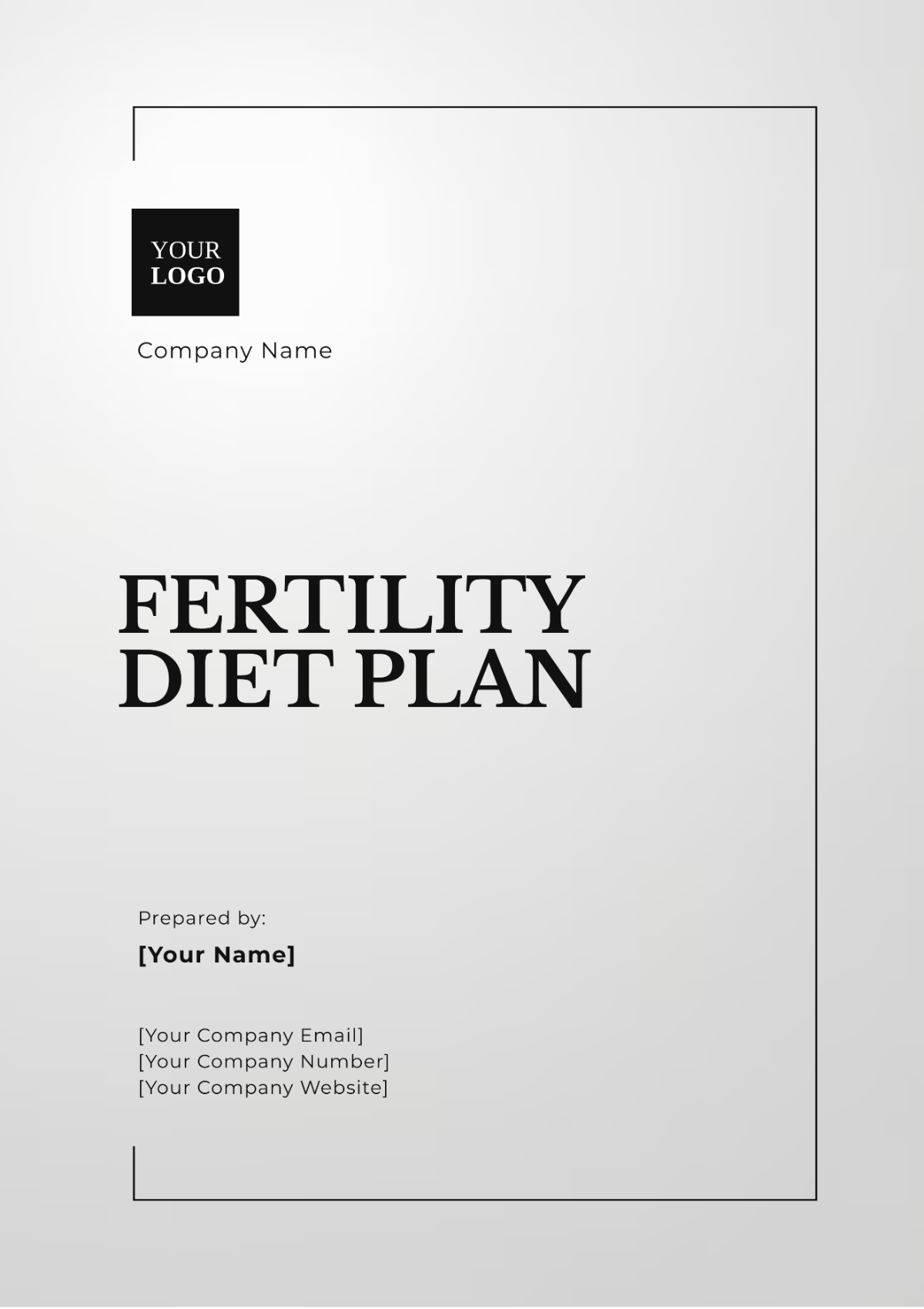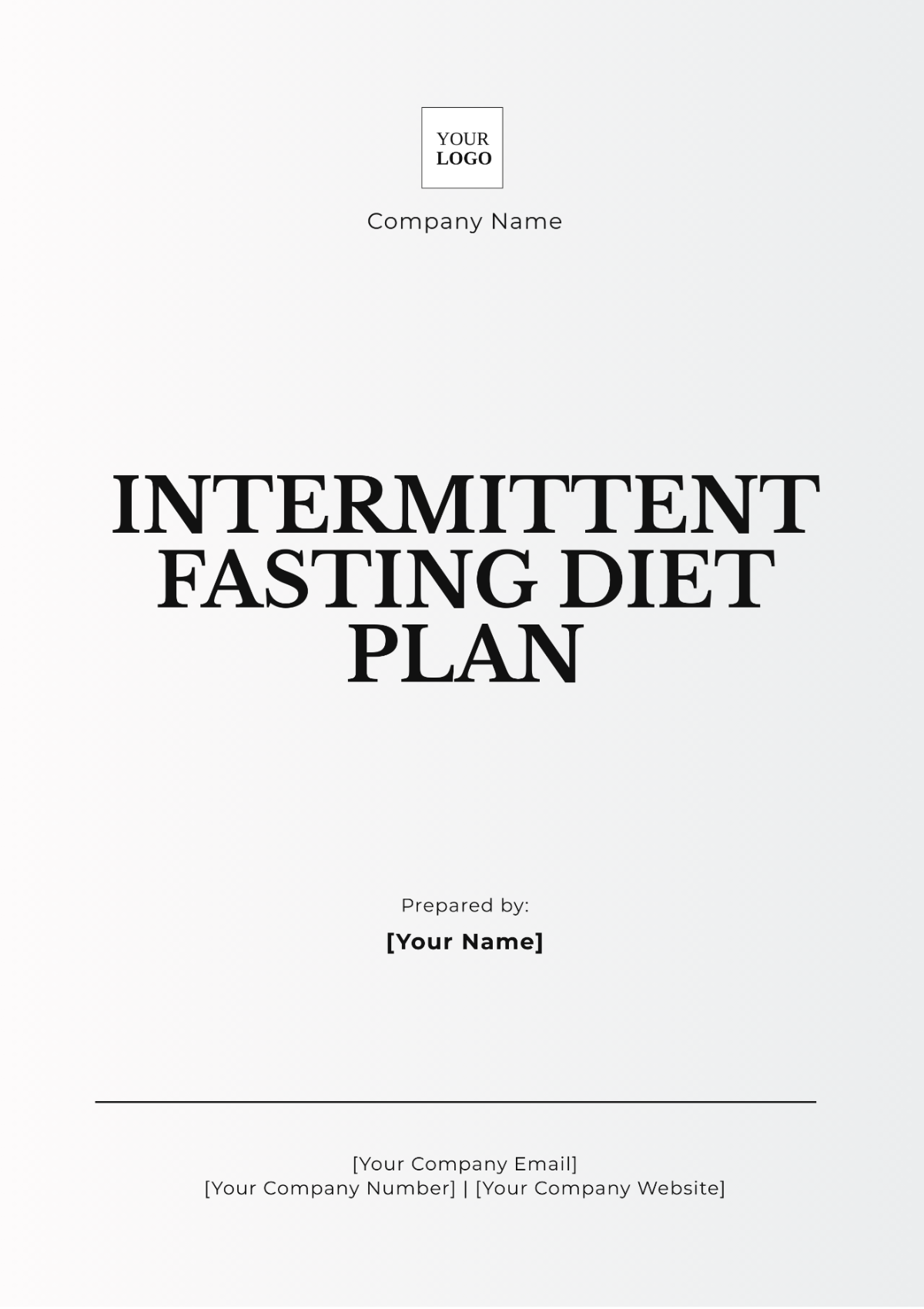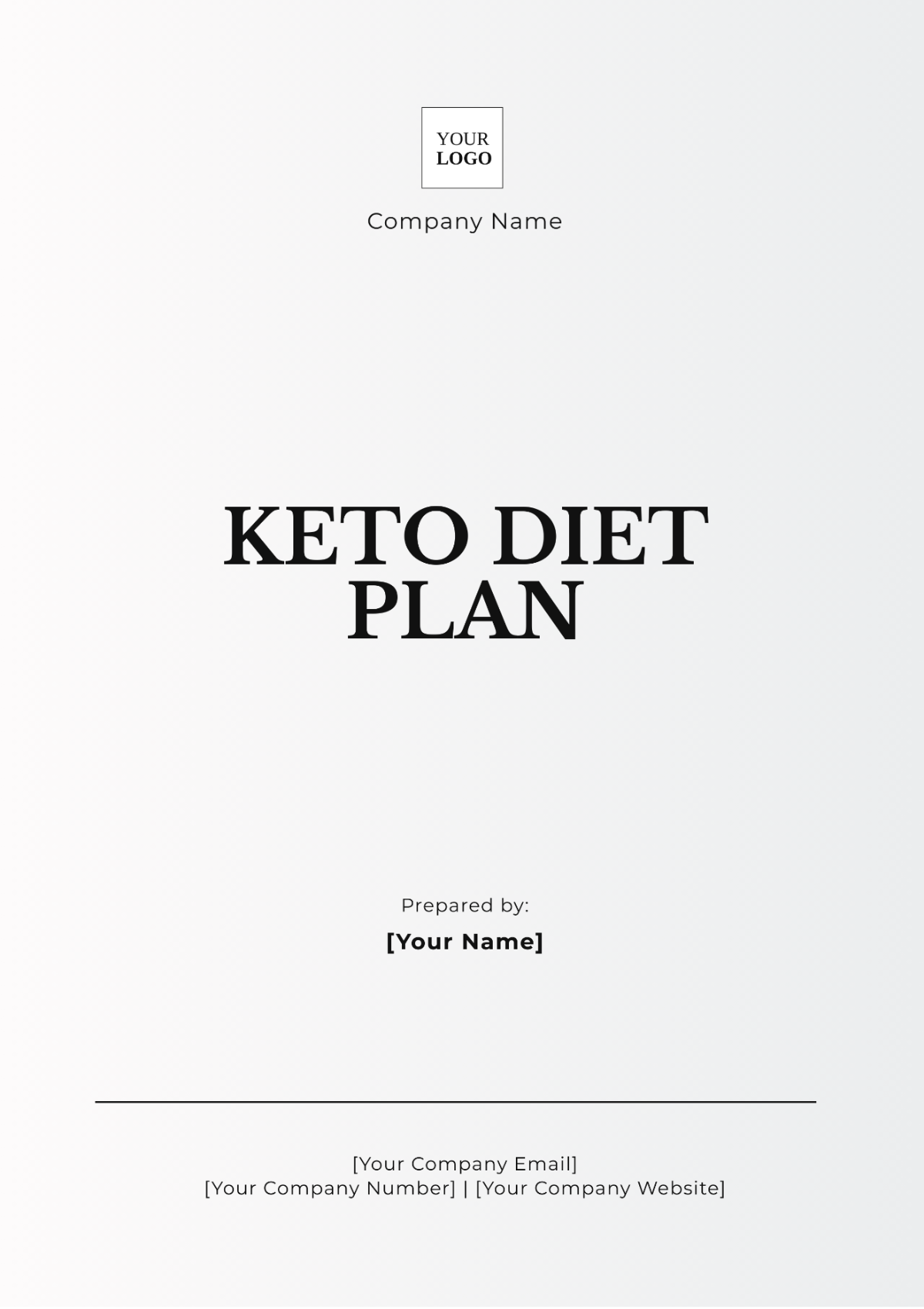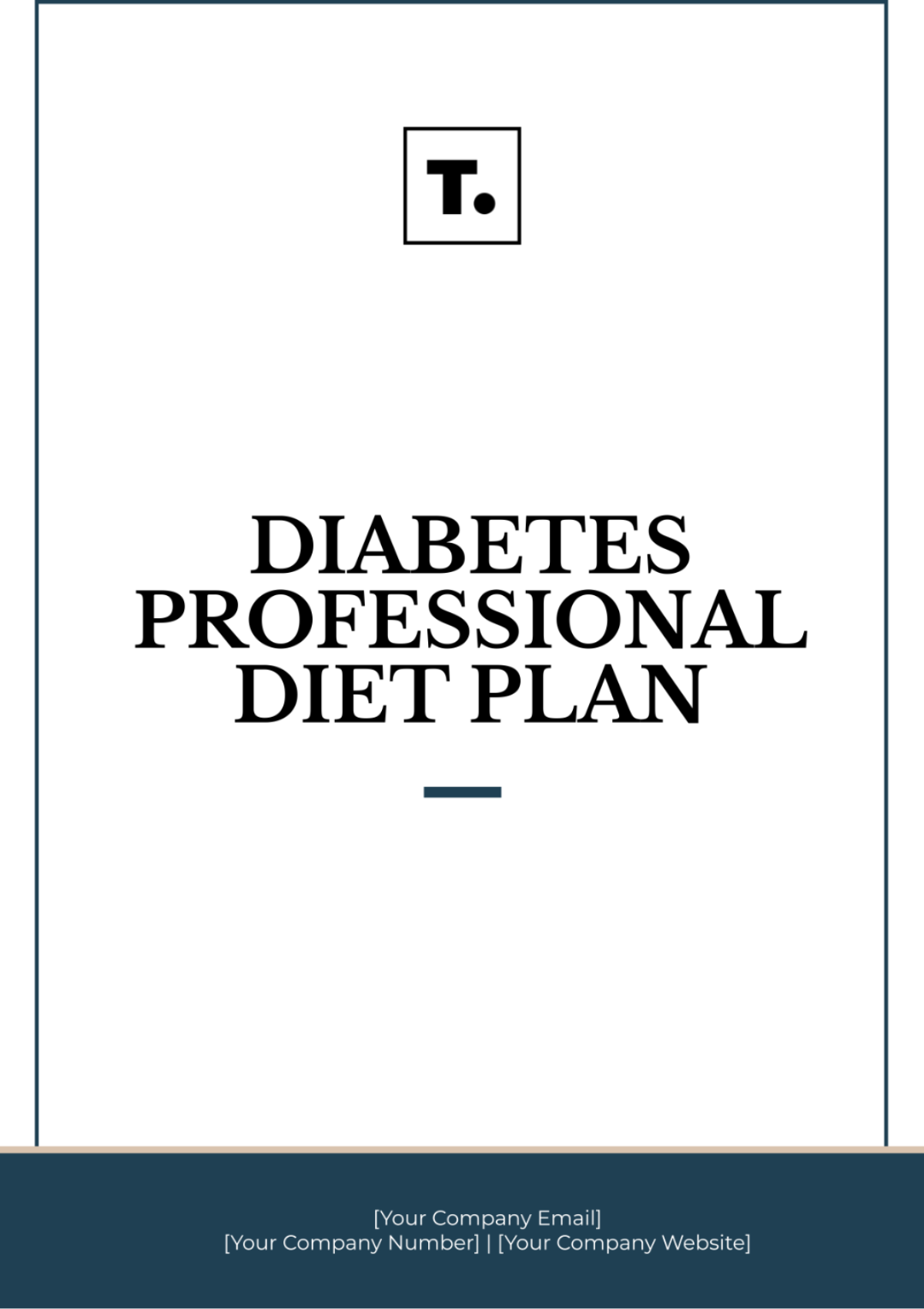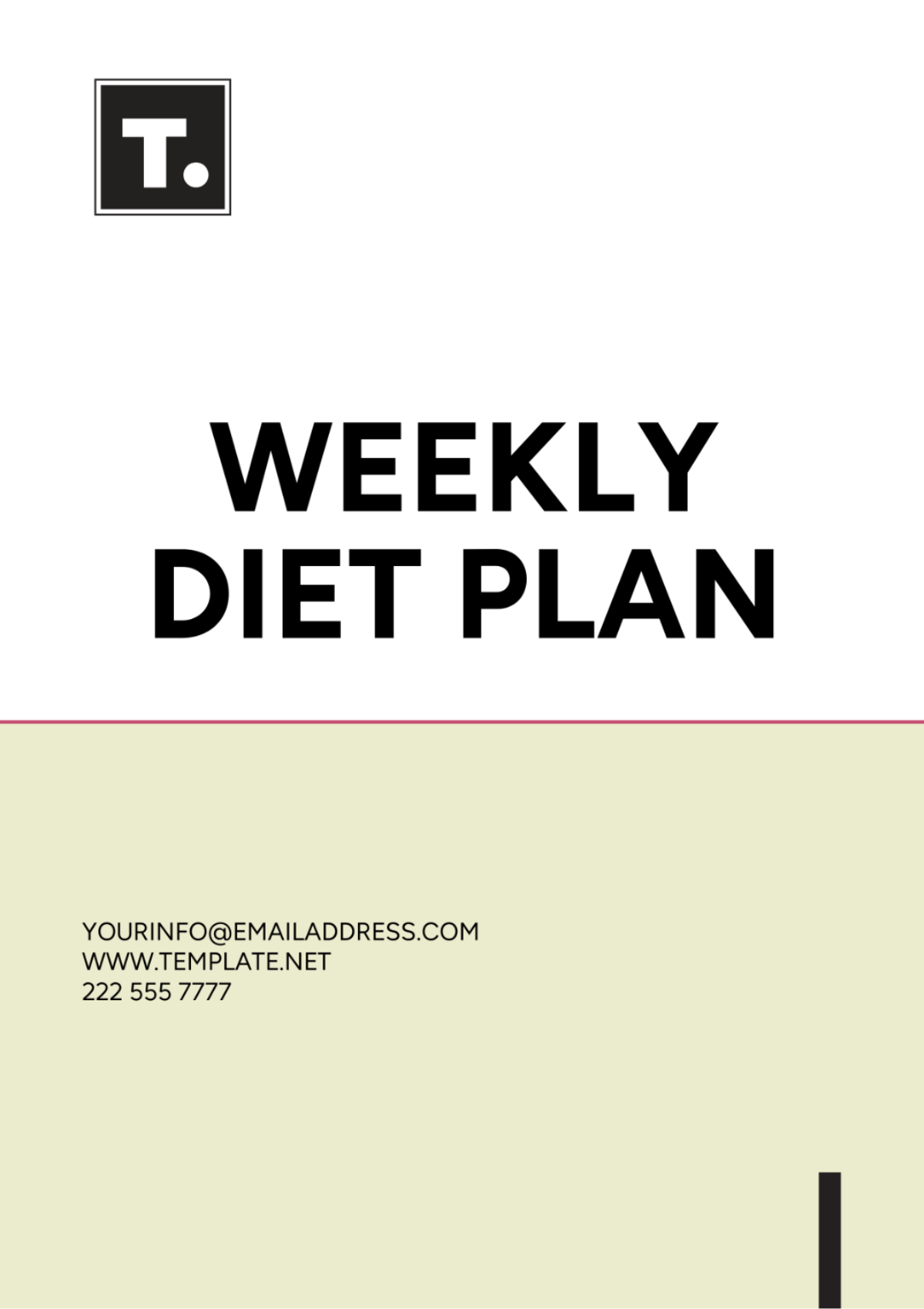Intermittent Fasting Diet Plan
I. Introduction
Intermittent fasting (IF) is an eating pattern that cycles between periods of fasting and eating. Rather than focusing on what foods to consume, it emphasizes when to eat them. This approach can be an effective strategy for weight management and overall health. This comprehensive guide provides an overview of intermittent fasting, its benefits, types, and practical tips for implementation.
II. Benefits of Intermittent Fasting
Weight Loss and Fat Loss
Intermittent fasting can aid in weight loss by reducing calorie intake and enhancing metabolic processes. It increases the body’s ability to burn fat for energy while preserving lean muscle mass, contributing to a healthier body composition.Improved Metabolic Health
IF has been shown to improve insulin sensitivity, which can lower blood sugar levels and reduce the risk of type 2 diabetes. It may also help regulate cholesterol and blood pressure levels.Enhanced Brain Function
Fasting triggers the production of brain-derived neurotrophic factor (BDNF), which supports brain health. Studies suggest that intermittent fasting may protect against neurodegenerative diseases and improve cognitive function.Reduced Inflammation
Intermittent fasting can decrease markers of inflammation, which is linked to numerous chronic diseases. Lower inflammation levels may improve overall health and longevity.Potential Longevity Benefits
Animal studies indicate that intermittent fasting can extend lifespan and promote healthier aging. This effect is thought to result from improved metabolic health and reduced oxidative stress.
III. Types of Intermittent Fasting
A. 16/8 Method
This popular method involves an eating window of 8 hours followed by a fasting period of 16 hours. For instance, individuals might consume meals between 12 PM and 8 PM, then fast from 8 PM to 12 PM the following day. This method is accessible and fits well into most lifestyles.
B. 5:2 Diet
The 5:2 diet allows for normal eating for five days a week while limiting calorie intake to 500-600 calories on two non-consecutive days. This flexible approach can help individuals reduce overall calorie intake without feeling deprived.
C. Eat-Stop-Eat
This method involves fasting for 24 hours once or twice a week. For example, you might have dinner at 7 PM one evening and then abstain from food until dinner the next day. This method can be more challenging but may yield significant results in terms of weight loss and metabolic health.
IV. Getting Started
A. Step-by-Step Guide
Choose the type of intermittent fasting that suits you.
Assess your lifestyle, work schedule, and personal preferences to select the method that aligns best with your needs.Start slowly and gradually increase your fasting window.
If new to fasting, begin with shorter fasting periods (e.g., 12 hours) and gradually extend as your body adjusts.Drink plenty of water to stay hydrated.
Hydration is crucial during fasting. Consider herbal teas or black coffee, which can help curb hunger.Focus on nutrient-rich foods during your eating windows.
Opt for whole foods, including lean proteins, whole grains, healthy fats, and plenty of fruits and vegetables to maximize nutrient intake.Listen to your body and adjust as necessary.
Pay attention to hunger cues and energy levels. Adjust fasting and eating windows as needed to ensure sustainability.
B. Sample Meal Plan
Time | Meal |
|---|---|
12:00 PM | Lunch: Grilled chicken salad with mixed greens, avocado, and a vinaigrette dressing. |
3:00 PM | Snack: Greek yogurt topped with fresh berries and a sprinkle of chia seeds. |
6:00 PM | Dinner: Baked salmon seasoned with herbs, served with quinoa and steamed broccoli. |
8:00 PM | Light Snack: A handful of almonds or a piece of seasonal fruit like an apple or pear. |
V. Tips and Tricks
Stay busy to distract yourself from hunger.
Engage in activities that occupy your mind and time, such as exercising or pursuing hobbies.Keep your first meal balanced to avoid overeating.
A well-balanced meal will help you feel satisfied and reduce cravings later.Consider black coffee or tea to help with appetite control during fasting periods.
These beverages can suppress appetite and boost metabolism without adding calories.Eat high-fiber, high-protein meals to stay full longer.
Foods rich in fiber and protein will help stabilize blood sugar and prolong feelings of satiety.Avoid sugary or highly processed foods.
These foods can lead to quick spikes and drops in blood sugar, increasing hunger and cravings.
VI. Safety and Precautions
While intermittent fasting is generally safe for most individuals, it may not be suitable for everyone. Pregnant or breastfeeding women, individuals with eating disorders, and those with certain medical conditions should consult a healthcare provider before beginning an intermittent fasting regimen. Monitoring your health and adjusting your approach based on your body's responses is crucial.
VII. Conclusion
Intermittent fasting offers numerous potential health benefits when practiced correctly. By following this structured plan and consulting with healthcare professionals as necessary, you can effectively achieve your health and wellness goals. Embracing this eating pattern can lead to improved metabolic health, enhanced cognitive function, and a better overall quality of life.

